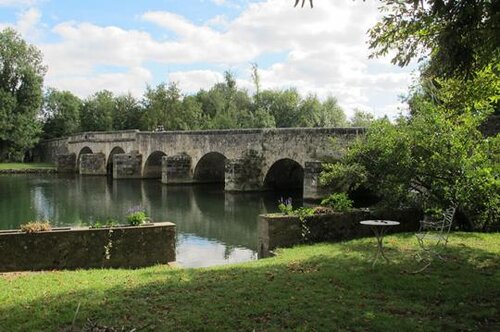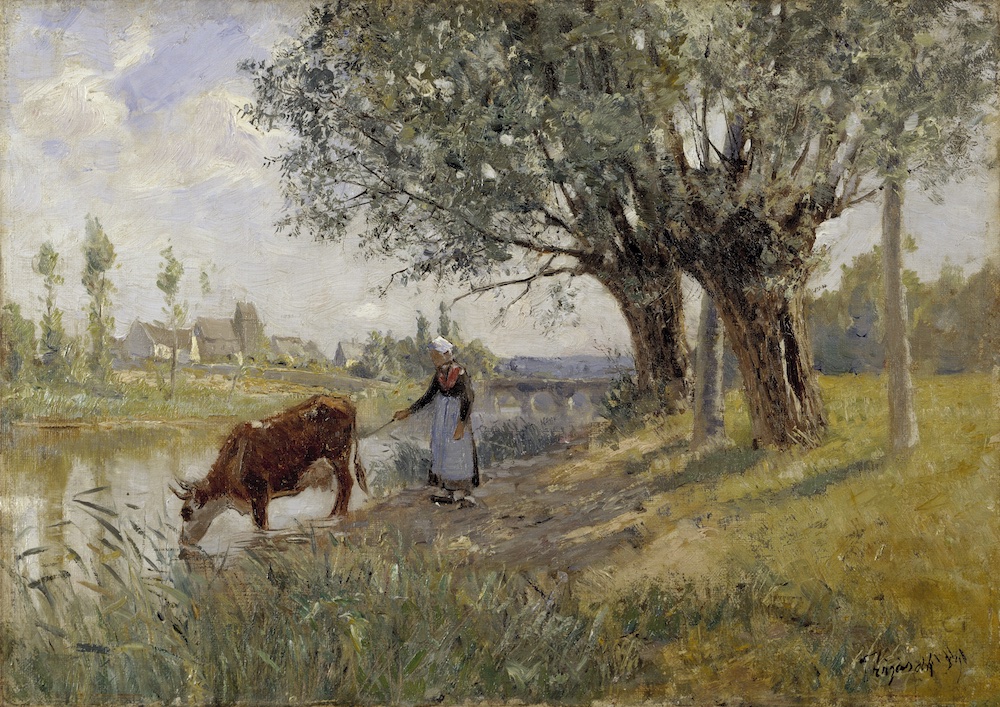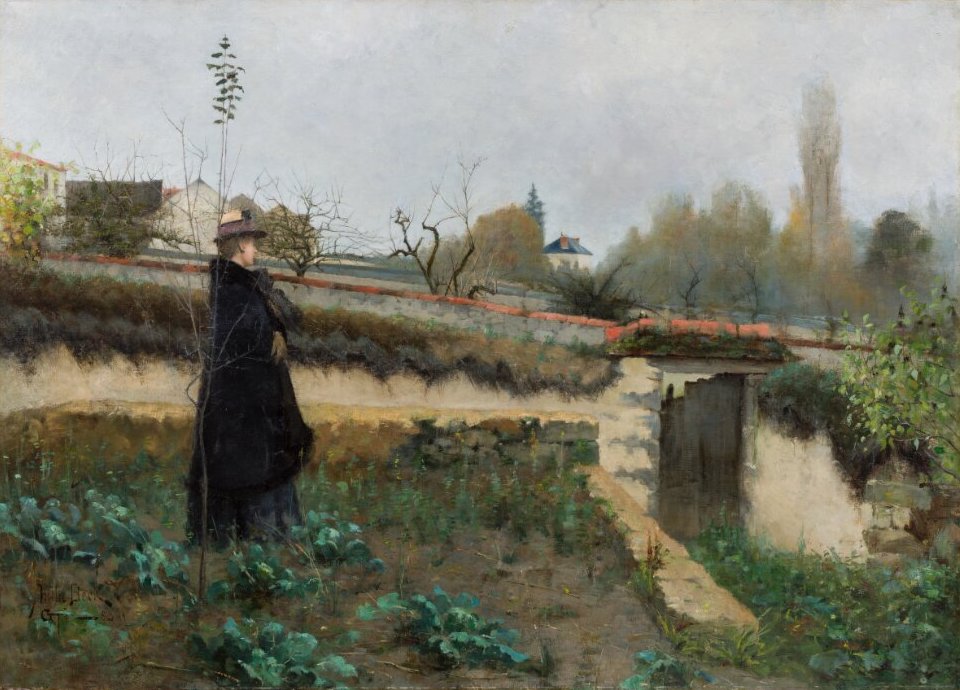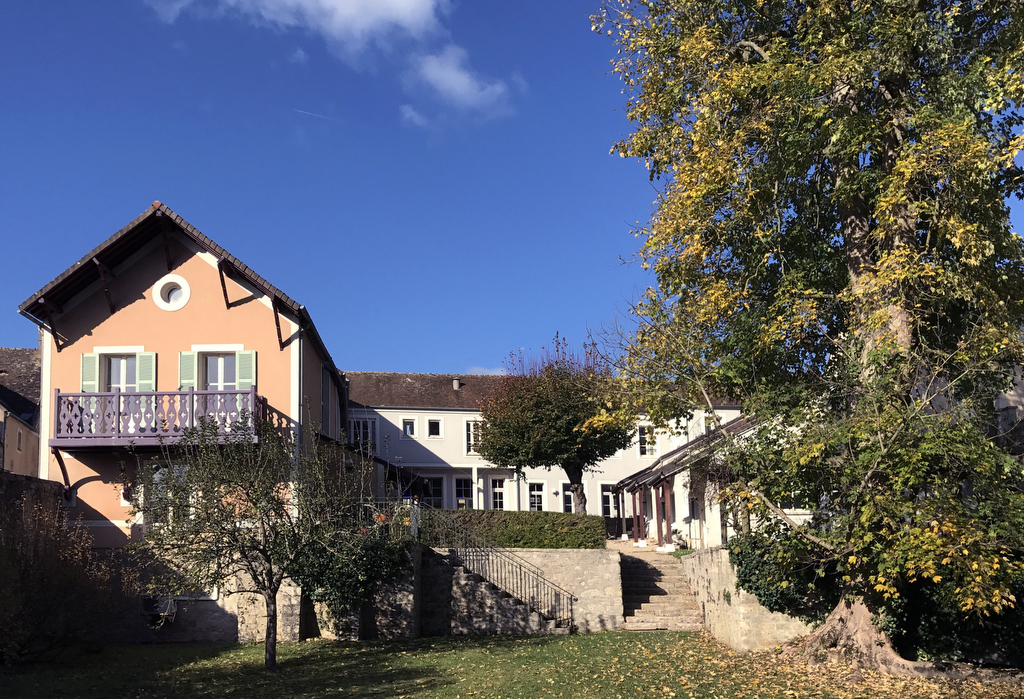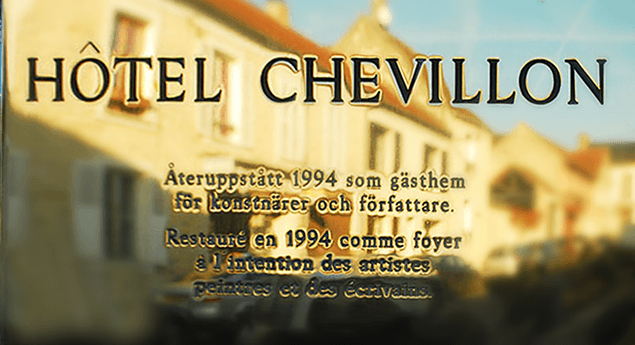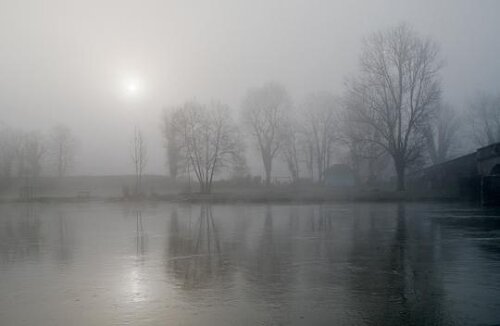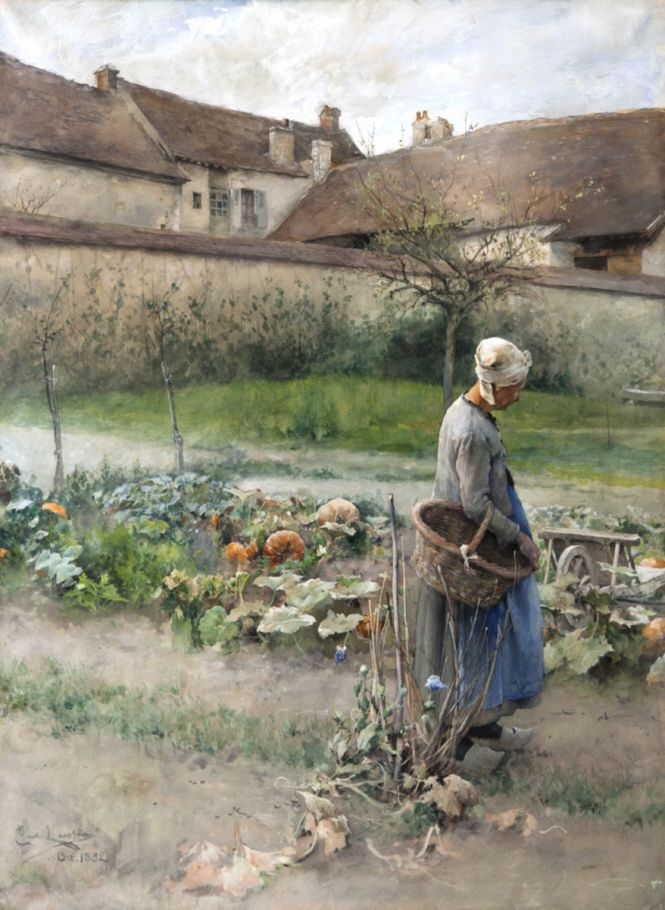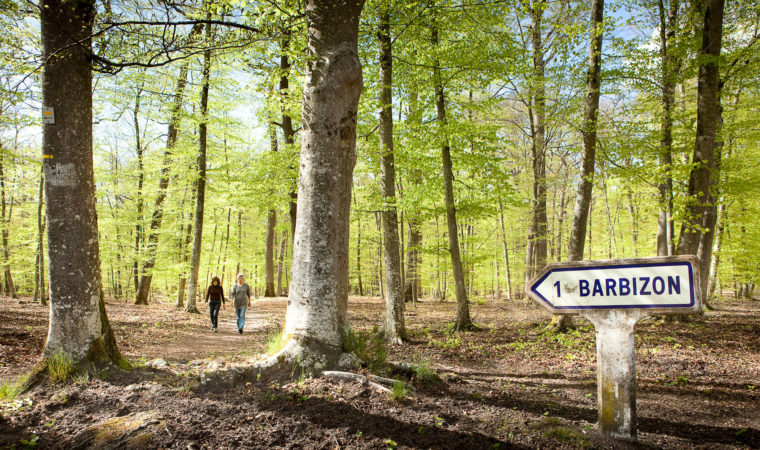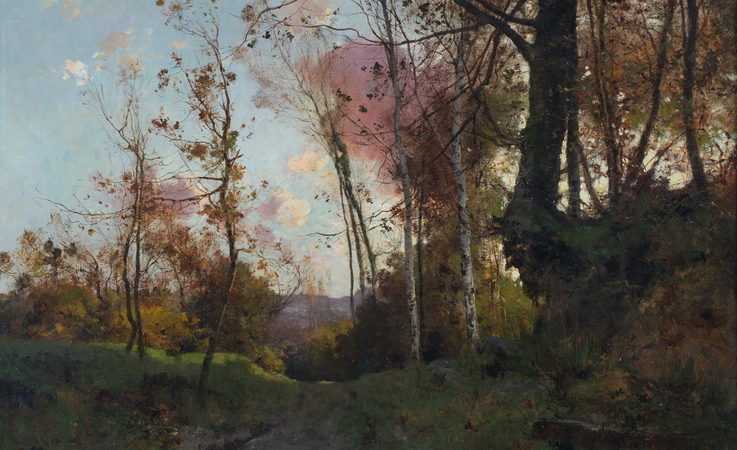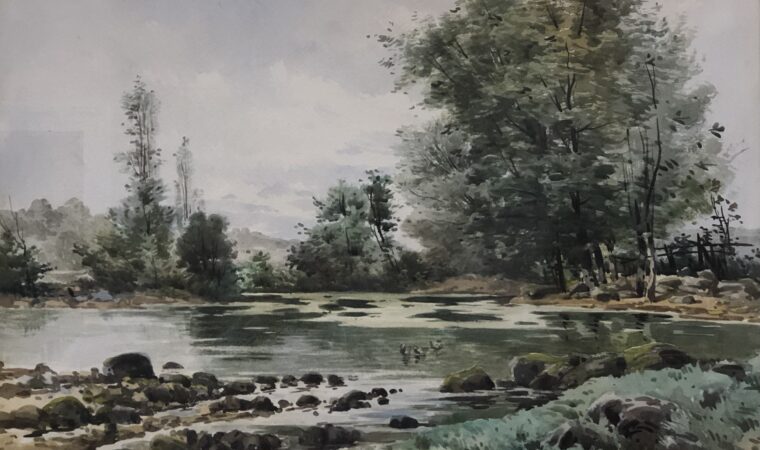In the late 19th century, the village of Grez-sur-Loing, 70 kilometers south of Paris along the river Loing, was a buzzing artists’ community. Known for its exceptional natural light, the medieval village attracted many painters interested in plein-air painting. After French Jean-Baptiste Camille Corot, who painted the old bridge on several occasions from 1860 onwards, many foreign artists came to stay in the village, sometimes for up to a year, where they were inspired by its wonderful surroundings and tranquility.
The first to arrive were Americans, such as Robert Vonnoh and the Harisson brothers, followed by the Englishmen, Scotsmen and Irishmen, such as Sir John Lavery and Frank O’Meara. Authors such as Robert Louis Stevenson were also regular guests. The area was soon discovered by the Scandinavians, who formed the largest community of artists in the 1880s. Prominent artists such as Carl and Karin Larsson, August Strindberg, Anders Zorn and Julia Beck from Sweden or Johannes Grimelund and Christian Krohg from Norway regularly stayed in the village. By the turn of the century, Grez-sur-Loing was also popular with Japanese artists such as Asai Chū and Kuroda Seiki, who founded the Japanese Impressionist movement there.
At that time, there were two very welcoming guesthouses in Grez-sur-Loing: the Pension Laurent and the Hôtel Chevillon. Today, while the Pension Laurent has disappeared, the Hôtel Chevillon still exists and welcomes many artists and authors from all over the world. It was acquired, renovated and founded as the non-profit Grez-sur-Loing Foundation by new Swedish owners. The refurbished Hôtel Chevillon was reopened by the Swedish Minister for Culture, Birgit Friggebo, on March 16, 1994, in the presence of Queen Silvia of Sweden and a large number of invited representatives of Swedish and French cultural life.
COPYRIGHTS-ARTWORKS
Carl Trägårdh, Countryside near Grez-sur-Loing, 1889, oil on canvas, 34 x 47 cm, Nationalmuseum, Stockholm©Nationalmuseum
Julia Beck, Autumn Day, 1883, oil on canvas, 77 x 107,5 cm, Nationalmuseum, Stockholm©Anna Danielsson / Nationalmuseum
Carl Larsson, October, 1882, watercolour on paper, 73 x 64,5 cm, Museum of Gothenburg
Photos: Gunilla Knape, Hillevi Nagel
